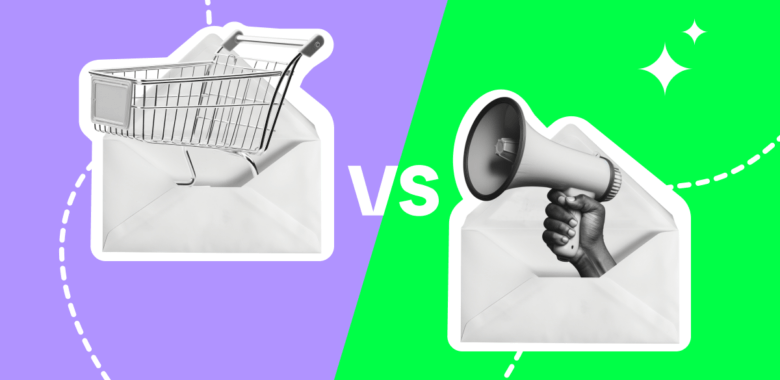Defining transactional and marketing emails
Before exploring the difference between marketing and transactional emails, let’s break down the definitions.
What is a transactional email?
A transactional email is sent automatically after a user performs a specific predefined action like subscribing to a newsletter, completing an order, or logging on from a new device. This kind of email usually has higher deliverability (don’t mistake it for delivery rates) because people anticipate receiving them. Also, they tend to have higher open and click-through rates since they are highly personalized.
Companies typically use such emails to optimize resources by automating essential communications with customers. Promotional content is not very common in this type of email, though it is possible to add some promotional elements.
What is a marketing email?
A marketing, or commercial, email promotes a product or service or encourages a customer to perform an action such as adding more items to their shopping cart. Marketing emails may include a discount or another valuable offer to stimulate a customer, in which case they are considered promotional emails.
Newsletters also belong to this type. Unlike promotional emails, newsletters don’t intend to sell here and now but rather aim at building trusting relationships with customers. Commercial emails tend to have a lower deliverability rate than transactional emails, but it can be enhanced by making content as relevant to your subscribers as possible.















